Discover the hidden charms of Huanggang & Shuiwei
Writer: Claudia Wei | Editor: Zhang Zhiqing | From: Original | Updated: 2025-04-08
Upon walking into Huanggang Urban Village in downtown Futian District, one is immediately struck by the extreme contrast between the posh modern skyscrapers of the top-tier central business district (CBD) and the realities of everyday life in the village.
Often referred to as the “backyard garden of Futian CBD,” Huanggang Urban Village dates back to the Ming Dynasty, boasting a rich history of more than 700 years. It is located in the southern end of Shenzhen’s central axis, adjacent to the Huanggang Checkpoint. Its prime location makes it one of the wealthiest urban villages in the city.
This typical urban village in Futian District faces Hong Kong across the Shenzhen River to the south. The Huanggang Checkpoint, a 24-hour land port connecting to Hong Kong, is named after the village. The majority of the original villagers bear the surname Zhuang, and many commuted between Shenzhen and Hong Kong for business.
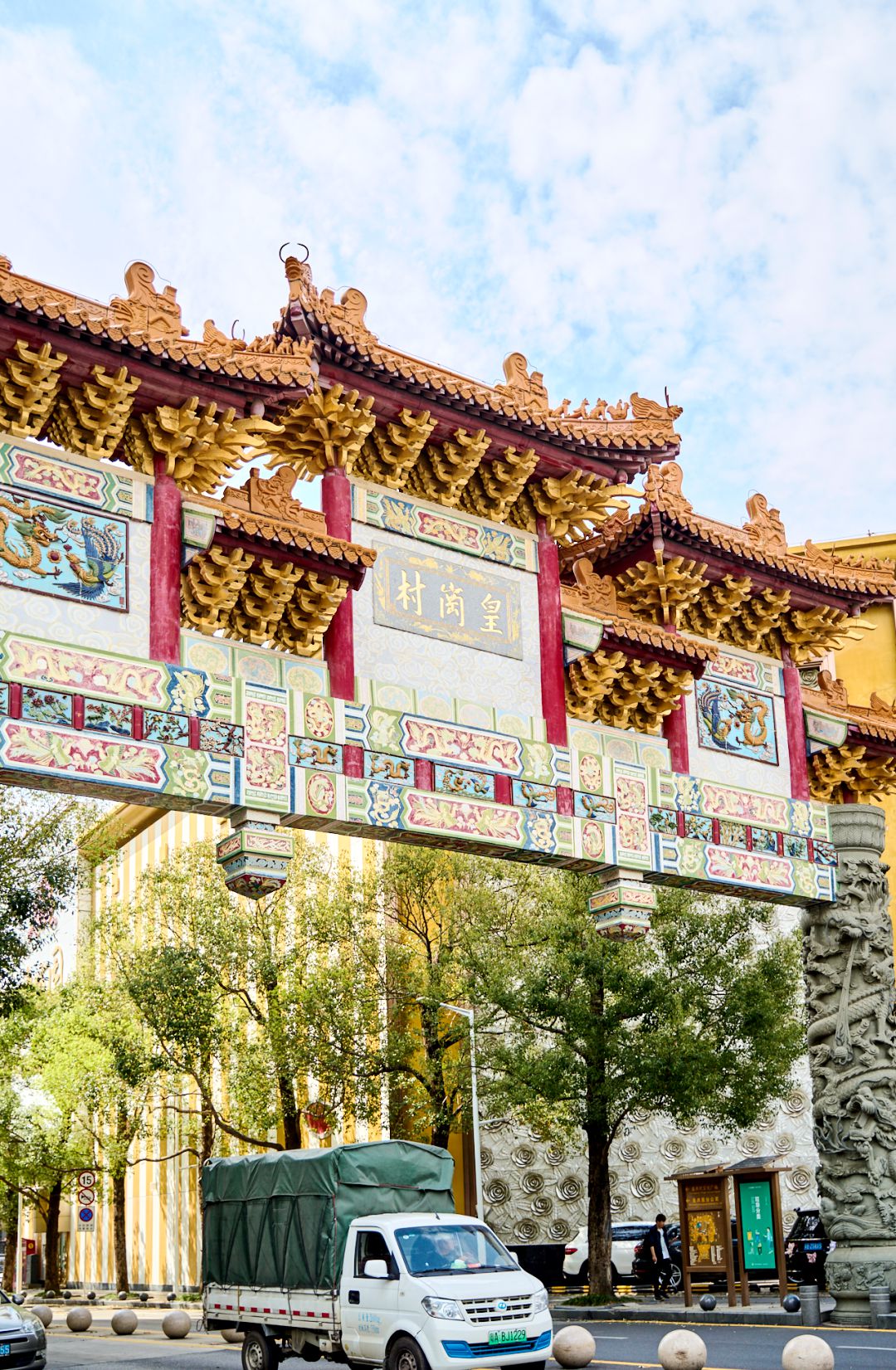
The entrance of Huanggang Urban Village. Photos from WeChat official account "ShenzhenWeekly" unless otherwise stated
Huanggang Urban Village has a grand archway supported by two intricately carved dragon columns, with a stone lion standing on each side. As visitors venture further in after passing through the impressive entrance, they will find a library, a fountain, a traditional garden, and a wet market, all centered around a cultural square, showcasing a well-rounded neighborhood with comprehensive infrastructure.
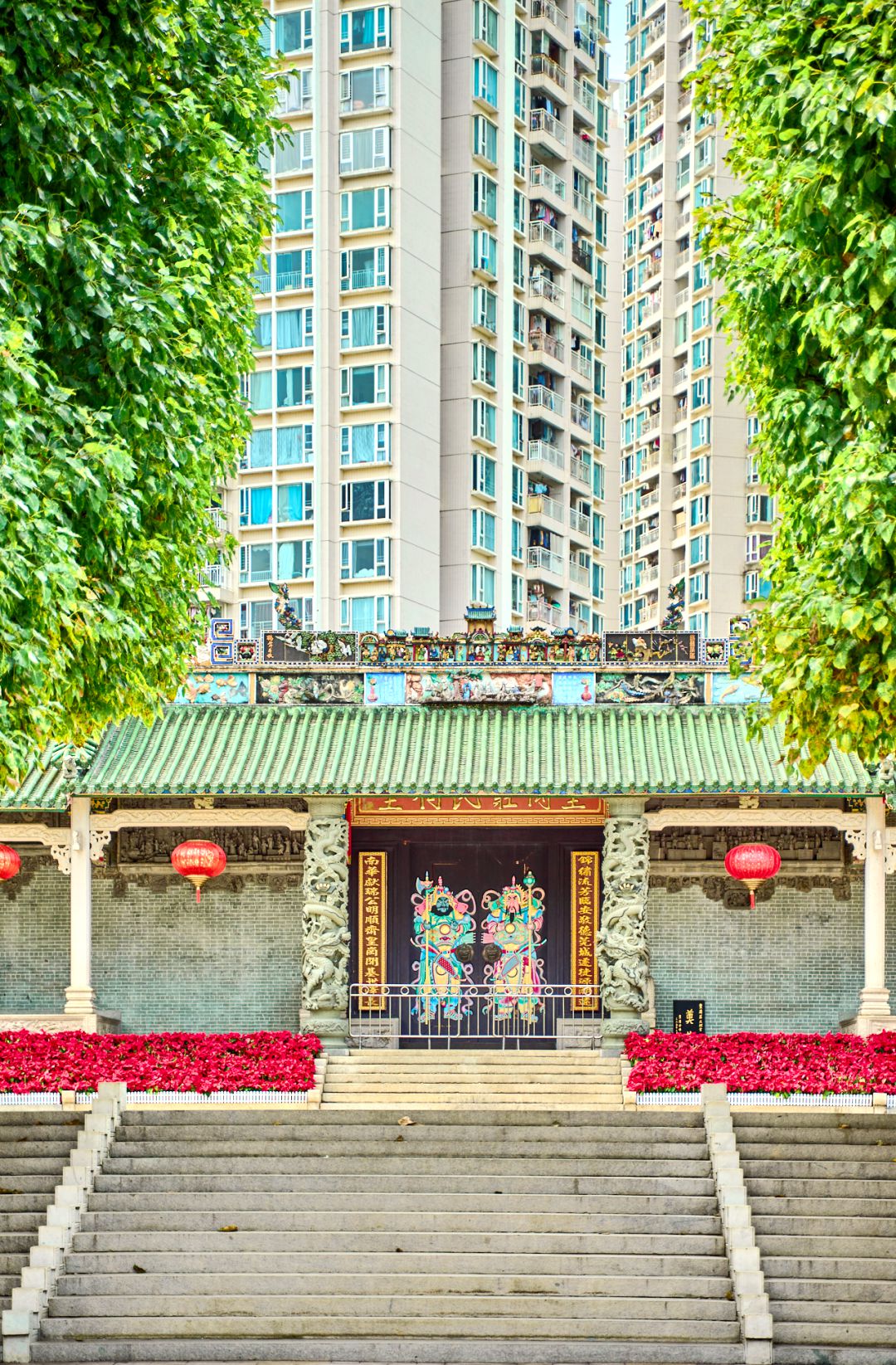
The Lingwang Ancient Temple.
The cultural square serves as an important venue for community activities in the village, and houses the Lingwang Ancient Temple, said to date back to the Ming and Qing dynasties. Originally a vital place for villagers in the community to worship and pray for blessings, the Lingwang Ancient Temple now operates as a community museum, the first of its kind in the country. Exhibiting typical Lingnan architectural style, the temple features green tiles and gray walls, with a three-gated entrance adorned with stone carvings and wooden sculptures on the door frame.
The temple has been designated as an immovable cultural relic in Futian District.
While the Lingwang Ancient Temple is primarily closed, it opens occasionally. People interested in visiting Huanggang Urban Village are advised to check online in advance for its current opening hours.

The Jinxiu Garden is a Suzhou-style garden. Liu Xudong
Right next to the temple lies the Jinxiu Garden, which is also worth exploring. More than just a place for a leisurely stroll, the garden was said to have been designed by landscaping artists from Suzhou, Jiangsu Province, — for its picturesque ancient gardens.
Back in 1998, these Suzhou garden designers were invited to oversee the construction of the Jinxiu Garden, which incorporated the exquisite layout of Suzhou gardens with local cultural elements of Shenzhen.
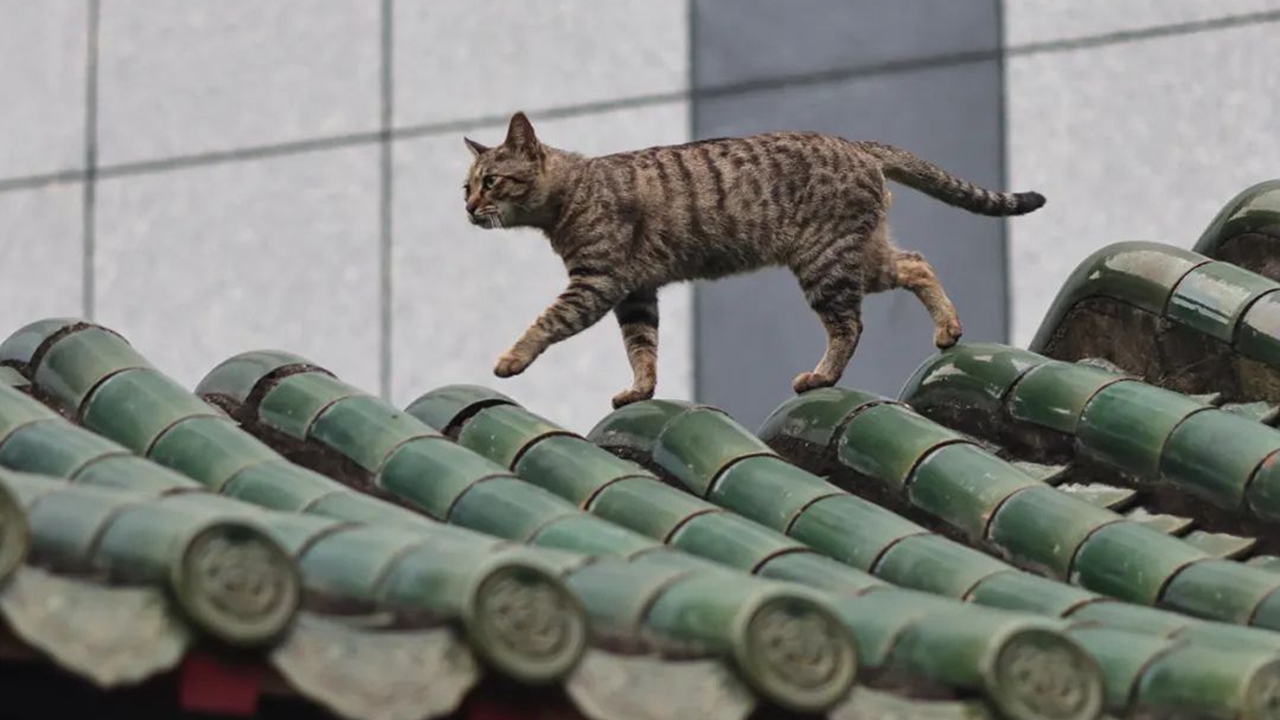
A cat walks on the rooftop of the Jinxiu Garden. Liu Xudong
Though not large in size, the Jinxiu Garden is intricately designed, featuring an artificial lake at its center, surrounded by redwood corridors. Visitors can enjoy traditional pavilions showcasing white walls, red pillars and green tiles, as well as ancient-style arches throughout the garden.
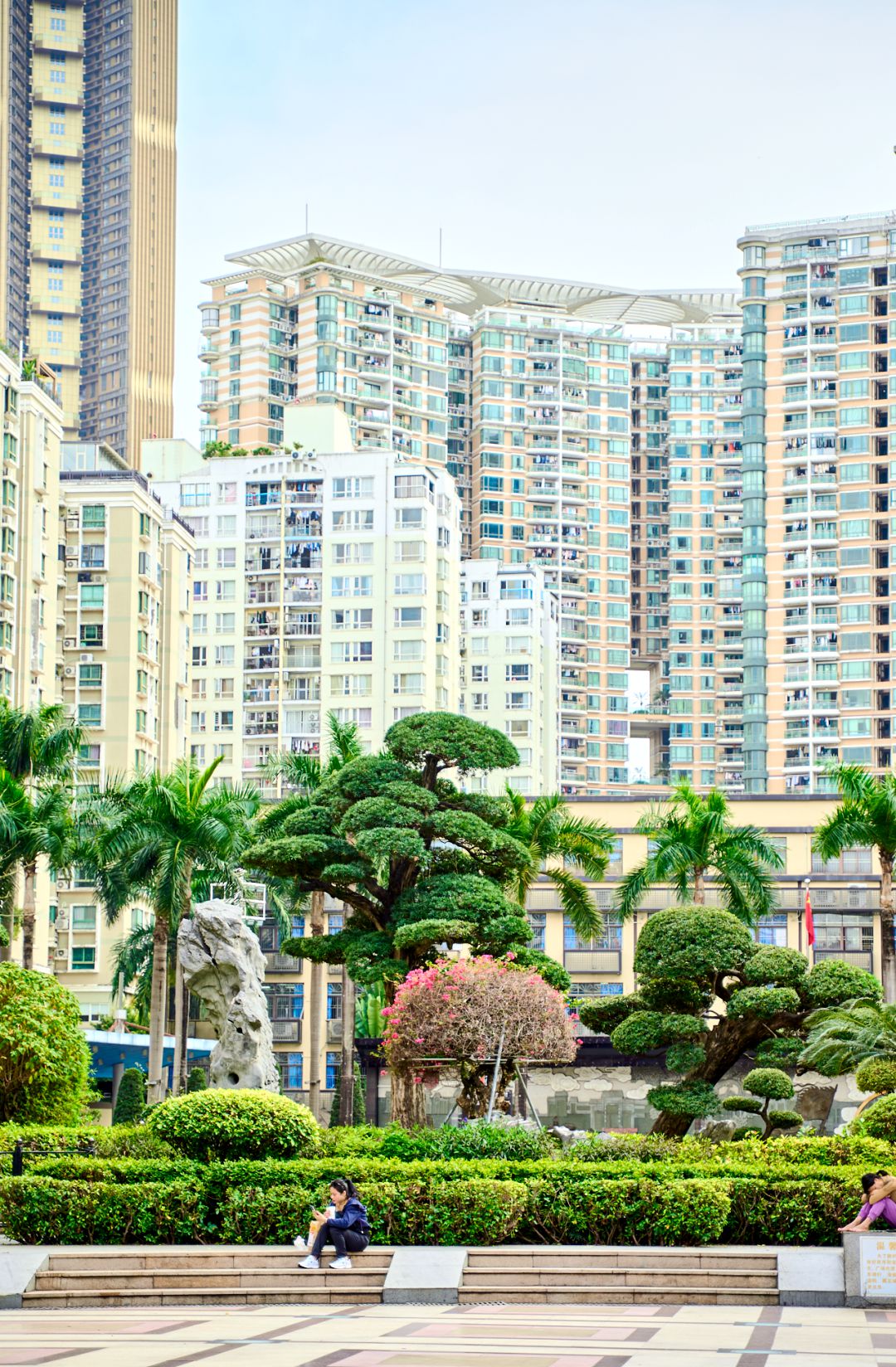
A view of Shuiwei Urban Village.
Right next to Huanggang Urban Village is the equally affluent Shuiwei Urban Village, where the original villagers share the surname Zhuang.
At Shuiwei Cultural Square, visitors cannot miss a beautifully carved bronze wall that documents the historical changes of the village. A row of arcades featuring the typical Lingnan architectural style greets along the main Shuiwei Street.
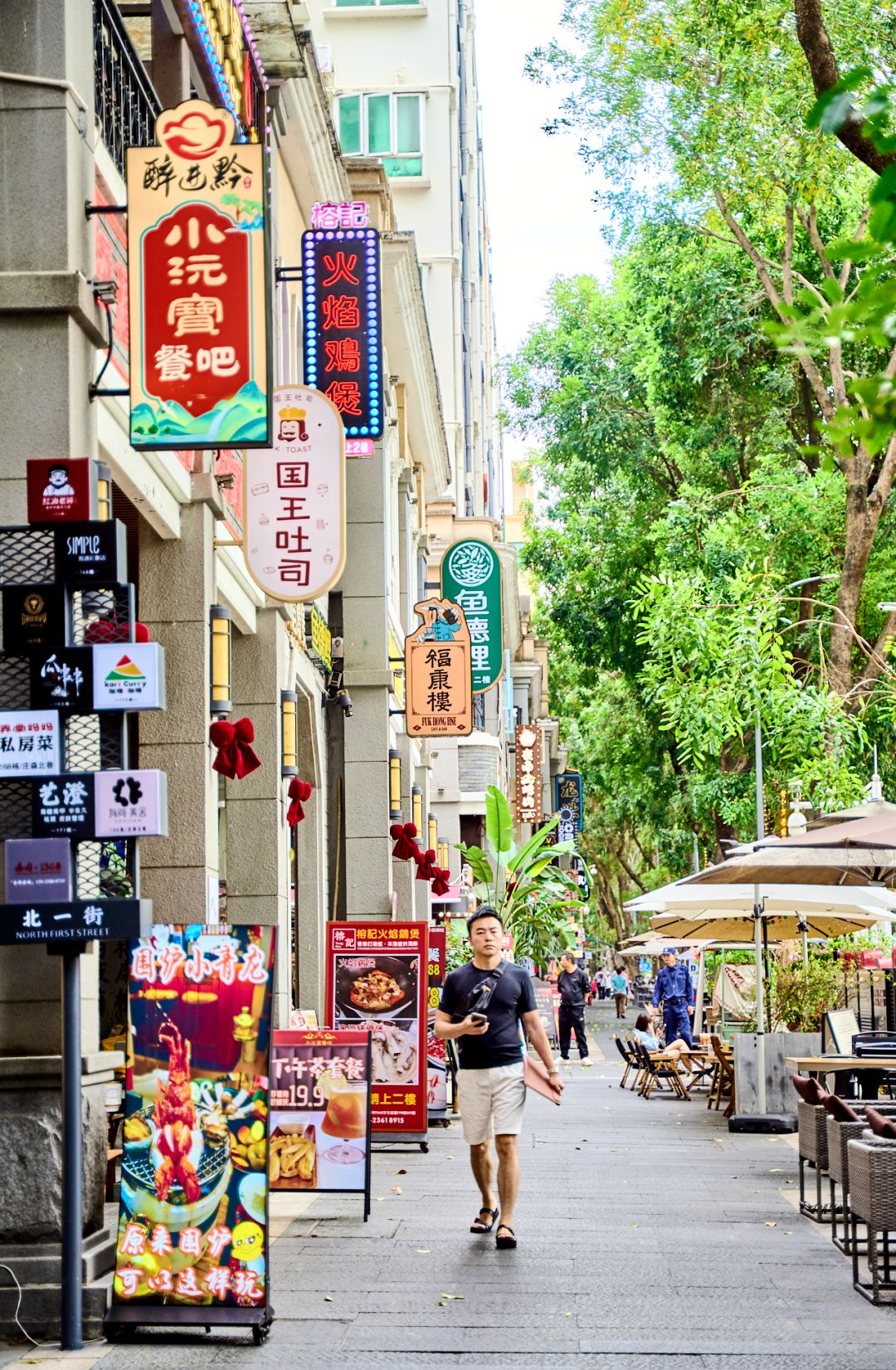
Today's Shuiwei 1368 Cultural Street is home to a variety of dining venues.
Shuiwei has transformed into an integrated international community known for its diverse options for leisure, entertainment and dining after renovation. It is home to the famous Shuiwei 1368 Cultural District, which has been revamped from the “handshake” buildings to accommodate a variety of dining venues, including bars, Western restaurants, barbecue spots, cafes and bakeries.
When night falls and the lights illuminate the area, the cultural district becomes even more enchanting. Overhead, colorful lanterns light up, and various Hong Kong-style signs glow, giving visitors the feel of stepping onto the vibrant streets of Hong Kong.
Metro: Line 7 to Huanggangcun Station (皇岗村), Exit A, and walk for about nine minutes to Huanggang Urban Village